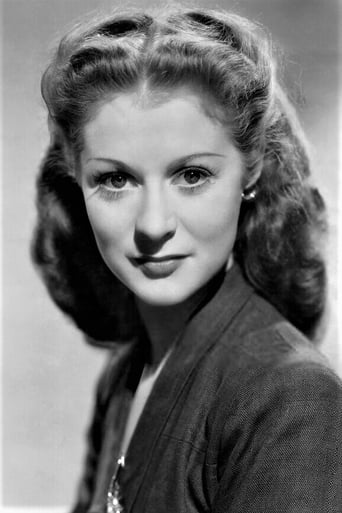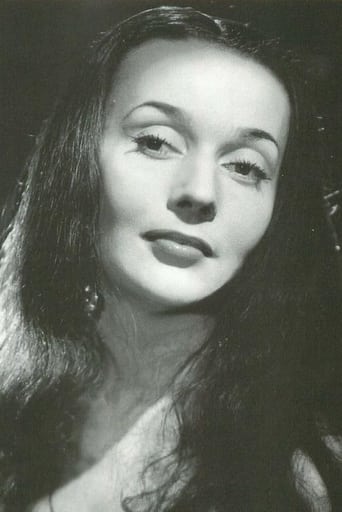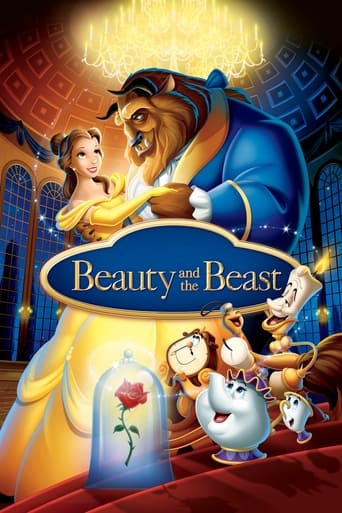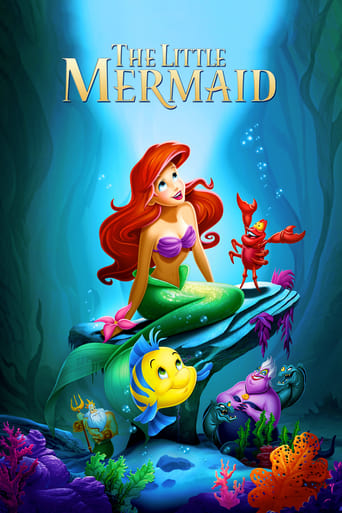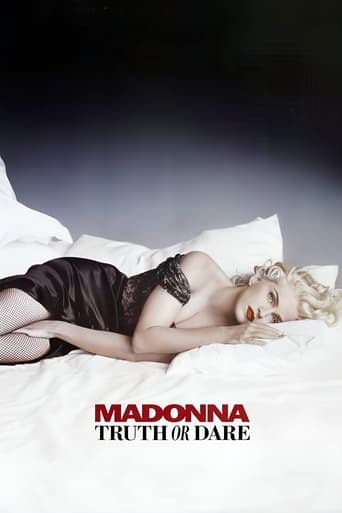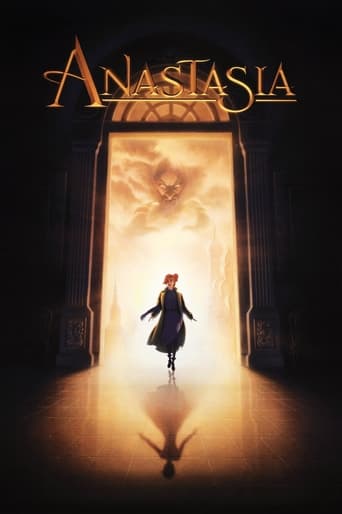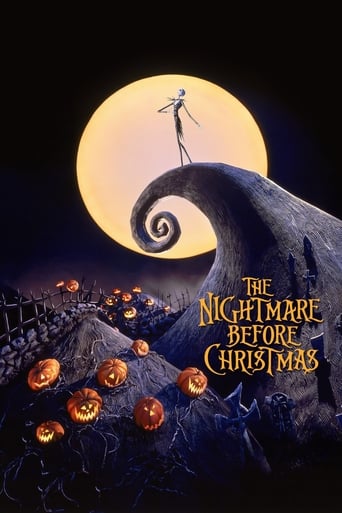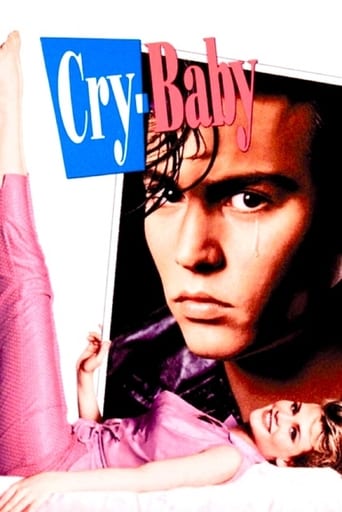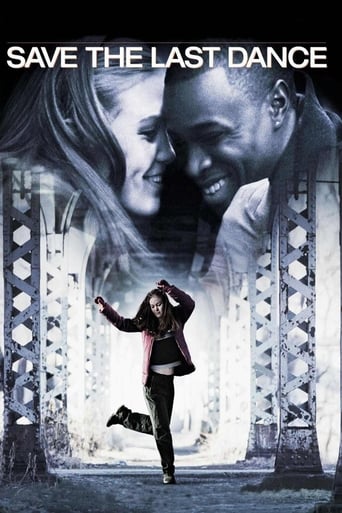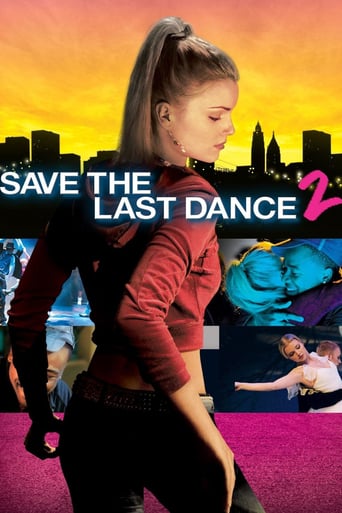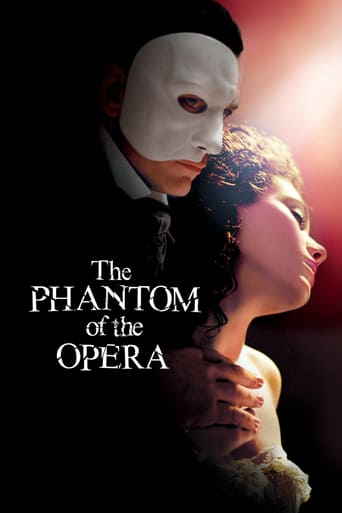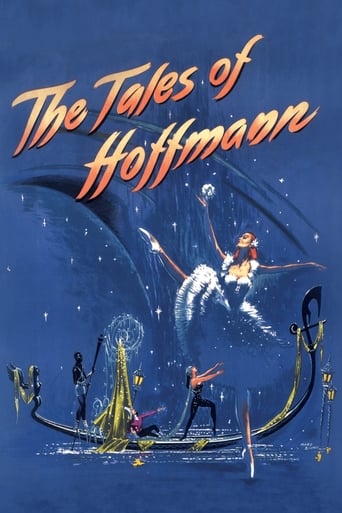
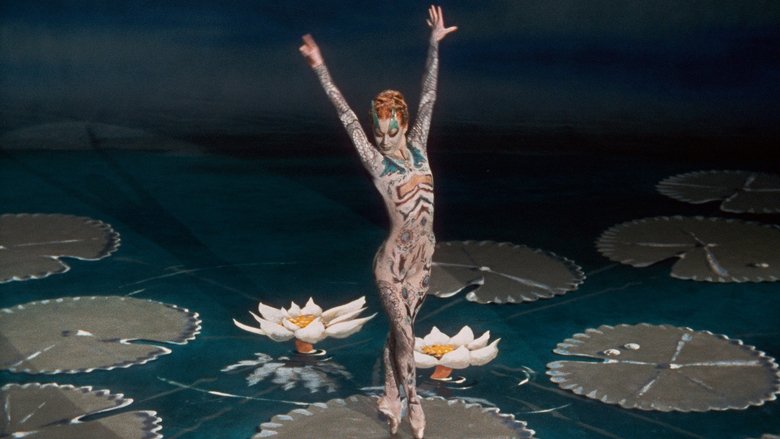
The Tales of Hoffmann (1951)
A young poet named Hoffman broods over his failed romances. First, his affair with the beautiful Olympia is shattered when he realizes that she is really a mechanical woman designed by a scientist. Next, he believes that a striking prostitute loves him, only to find out she was hired to fake her affections by the dastardly Dapertutto. Lastly, a magic spell claims the life of his final lover.
Watch Trailer
Cast
Similar titles
Reviews
Wonderfully offbeat film!
Excellent, a Must See
A terrific literary drama and character piece that shows how the process of creating art can be seen differently by those doing it and those looking at it from the outside.
The first must-see film of the year.
This is a 4K restoration of directors-duo Powell and Pressburger's cinematic adaptation of Jacques Offenbach's eponymous opera about German Romantic author E.T.A. Hoffmann (Rounseville), attends a ballet performance by a prima ballerina Stella (Shearer), who intends to meet Hoffmann after the show, but the note is intercepted by his nemesis Councillor Lindorf (Helpmann), which leads Hoffmann to get intoxicated in a tavern and triggers his nostalgic recounts of three stories from his past lovers, Olympia (Shearer), Giulietta (Tchérina) and Antonia (Ayars), respectively these three operettas happen in Paris, Venice and an unknown Greek island.This is an excellent restoration to authentically register the movie's original theatrical opulence for opera die-hards to luxuriate in its live-emulating performances (although only tenor Rounseville and soprano Ayars can sing in their own voices, while other danseurs and danseuses have to all be dubbed in this case), it is an innovate endeavor to couple two different art media together at that time, when opera meets motion pictures, all the renditions can be rehearsed and redone to a fabricated perfection thanks to the snappy editing and the magic of montage, although sometimes Shearer is obviously not lip-syncing to the lyrics while ravishingly gyrating as the mechanical doll Olympia in the first story. Mainly as a ballet piece, the story of Olympia also consummately incorporates the utilisation of puppetry into its harlequin mise en scène. Unfortunately, the film gradually slumps to be enervating in the second story of Giulietta, although Tchérina strikes a fierce appearance as an exotic courtesan who makes a deal with an evil magician (Helpmann) to steal Hoffmann's reflection, but the fantasy ingredients never transpire to be an impressive cinematic manoeuvre itself apart from some rudimentary magic tricks to provoke eye-rolling for finicky viewers. What's more frustrating is that the opera pieces are far from supremacy, the narrative descends into hollowness and the melody doesn't effectively to our ear's rescue.Ultimately, the third story of Antonia comes to the nadir as it all relies on the singing, a soprano suffers from consumption and is forbidden to sing, but she is persuaded by an devilish doctor (Helpmann again) to belt out a dirge for herself. Strangely enough, all the way through, the film can only be occasionally captivating but uniformly no emotional vibrations are teased out, it seems that all its artsy charms are losing its mojo along its running time. This is the second Powell-Pressburger collaboration I've watched, as much as I adore BLACK NARCISSUS (1947), THE TALES OF HOFFMANN is subjected with a troubled transmutation from opera to the media of cinema, flashily dazzling but without a sounding frisson to win over audience who is not afraid to shrug off the high-art hypocrisy and spill one's true feelings about it.
There's been a bit of a boom recently of picture houses like my local emporium showing beamed-back theatrical and operatic performances in a bid to broaden their audience base. The Tales of Hoffman tries to bring opera and ballet to the cinema similarly but instead stuffs the action directly onto the celluloid and invites you to don your theatre binoculars and enjoy. And I tried to enjoy it.After a slightly heart-sinking moment towards the end of the prologue, when I realised that there was to be no narrative dialogue whatsoever and that everything was going to be sung, in that caterwauly way, I relaxed into the first of the acts and it started to become something that I could appreciate more. The sets are quite deliberately stagey and story lines are simple but there's a nice undertone of humour to what you're seeing and the screeching settles down a little.However, it has to be said that there are sections still where things feel overlong and the third act in particular just felt drawn out and not in a good way. I've read this piece elsewhere described as being cold and I have to concur. The sets and the camera work are pretty good and even some of the singing, but it's hit or miss in its cohesion.I'm glad to have gone along to watch and there were elements that worked very well, but as a whole, it wouldn't be something that I would rush to pay to see again.
Michael Powell and Emeric Pressburger filmed the opera "Tales of Hoffmann" in 1951, to stunning effect. Offenbach's opera is the story of three loves of the poet Hoffmann (Robert Rounsville) and epitomizes the struggle between art and love, as he is transformed as a poet by each failed romance.The story begins in Nuremberg as Hoffmann watches the object of his affections, Stella (Moira Shearer) dance a ballet. During the intermission, he goes into a tavern and tells the customers about his three major affairs.Opera singers, with two exceptions, dub the stars, who are mostly from the ballet world; several will be familiar from The Red Shoes: Moira Shearer, Ludmilla Tcherina, Robert Helpmann, Léonide Massine, and Frederick Ashton. Only Hoffmann, Robert Rounsville, and Antonia, Anne Ayars, do their own singing. The rest of the vocals are provided by Dorothy Bond, Margherita Grandi, Monica Sinclair, Joan Alexander, Grahame Clifford, Bruce Dargavel, Murray Dickie, Owen Brannigan, Fisher Morgan, and Rene Soames.Both the singing and dancing are absolutely magnificent, the beautiful Shearer dancing much better than she did in The Red Shoes several years earlier, and Powell and Pressburger fill the opera with fantastic effects and colors. My favorite is Shearer's doll ballet sequence, with the glorious coloratura singing of the Doll Aria by Dorothy Bond, a discovery of Sir Thomas Beecham, who conducts the orchestra. Tragically she was killed in a car accident the next year; she deserved to be one of the most famous sopranos who ever lived.There are a couple of problems with this incredible piece. It's done in English, which due to the tamber of the high soprano voice, can make it difficult to understand. So people who know the opera would probably enjoy it the most. Secondly, it's not paced very well - there are some very draggy sections; some of the chorus work could have been cut.The overall effect for the eyes and ears is fabulous, but "The Tales of Hoffmann" leaves one depressed for how far we've fallen culturally in this world. Imagine mounting this film today. How many people would attend? Five?
Commendable for its avant garde techniques, this film was no doubt appreciated by Kenneth Anger, Fellini and Mario Bava. The first two acts are pretty solid - Olympia is whimsical surrealism and Giulietta is sensual surrealism. The Antonia segment torpedoes the entire project and I strongly suggest viewers quit at the end of act two, while they're ahead. Powell either ran out of money, ran out of inspiration, or both. Hoffmann's character is essentially written out of the third act and Powell focuses at length on Anne Ayars - a dumpy old thing with no screen presence. For a director who always discovered great looking talent, from Deborah Kerr to Helen Mirren, it seems suspicious that he would want Ayars in one of his most colorful films. One can pretty accurately surmise that she was sleeping with one of the money bags involved in the production. It makes for pretty miserable finale.For Chitty-Chitty-Bang-Bang fans, this film contains a big animated role for Robert Helpmann who played the Child Catcher.
